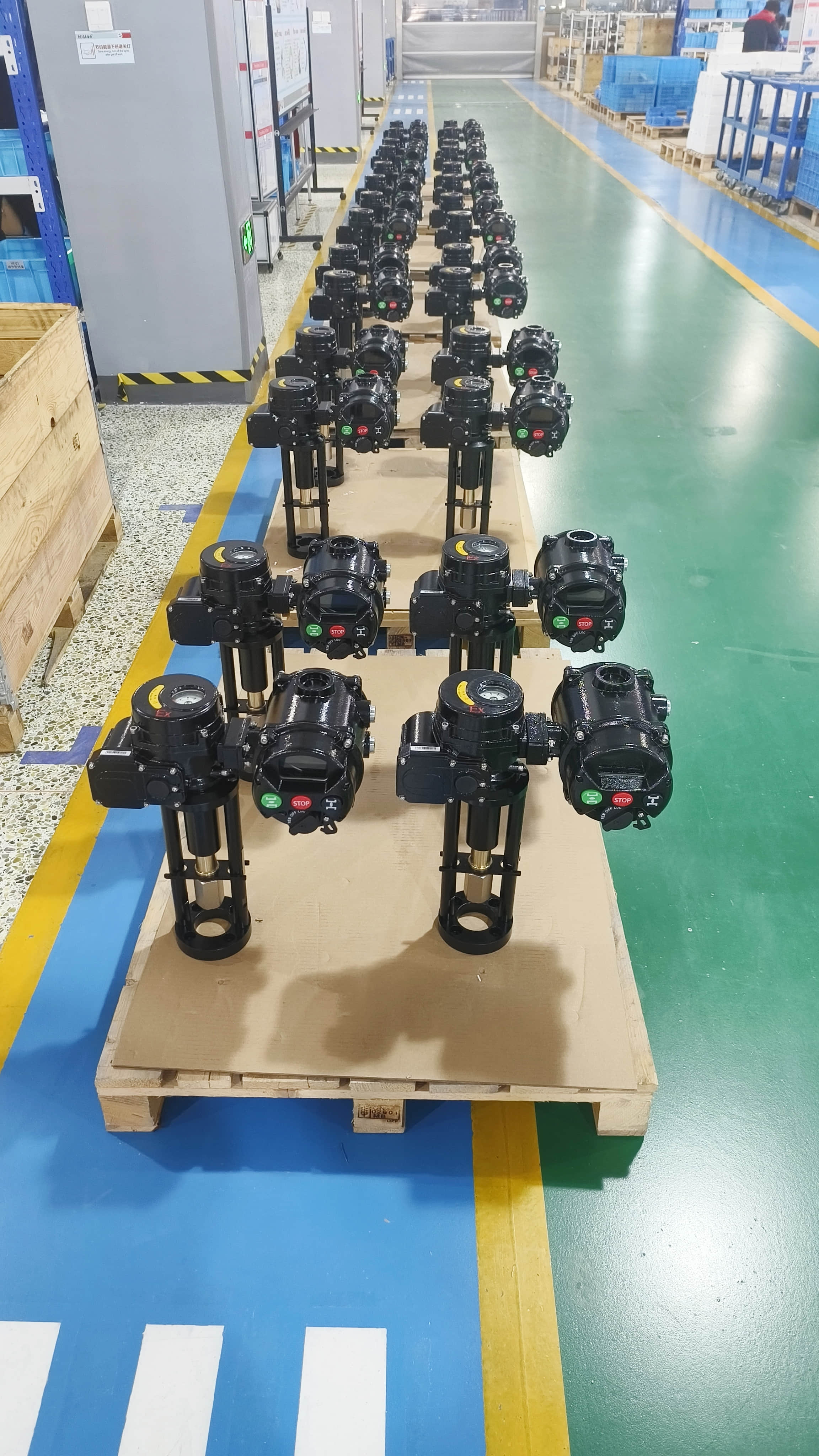
In the rapidly advancing world of automation, the demand for more efficient, reliable, and smarter systems has led to the development of intelligent integrated actuators. These devices combine the power of traditional actuators with embedded intelligence, offering enhanced performance and adaptability in various applications. Among the leading companies at the forefront of this technology is CNHELI, a firm known for its innovative approach to actuator design and integration. In this article, we will explore the importance of intelligent integrated actuators, their applications, and how CNHELI is revolutionizing the field.
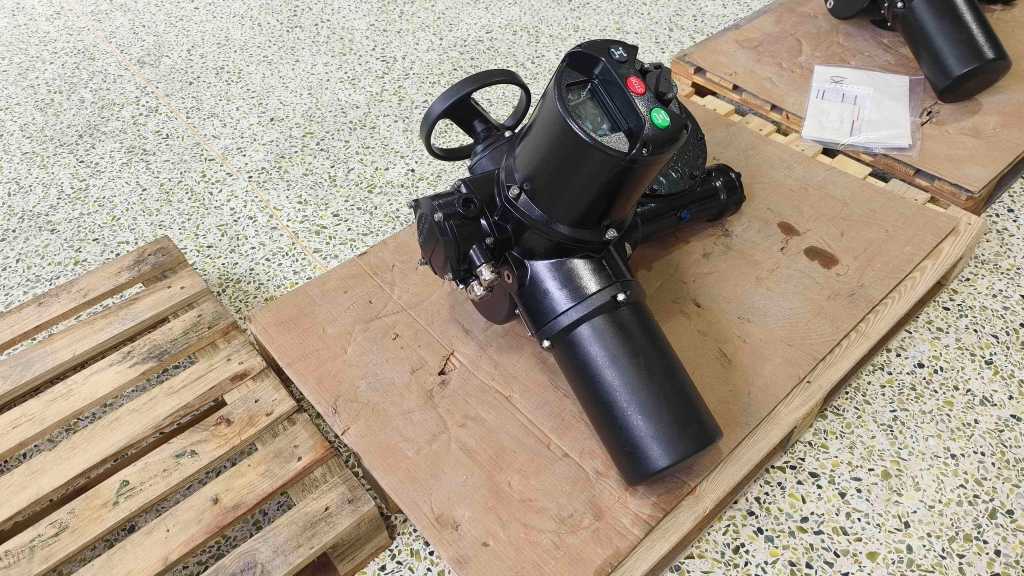
The Rise of Intelligent Integrated Actuators
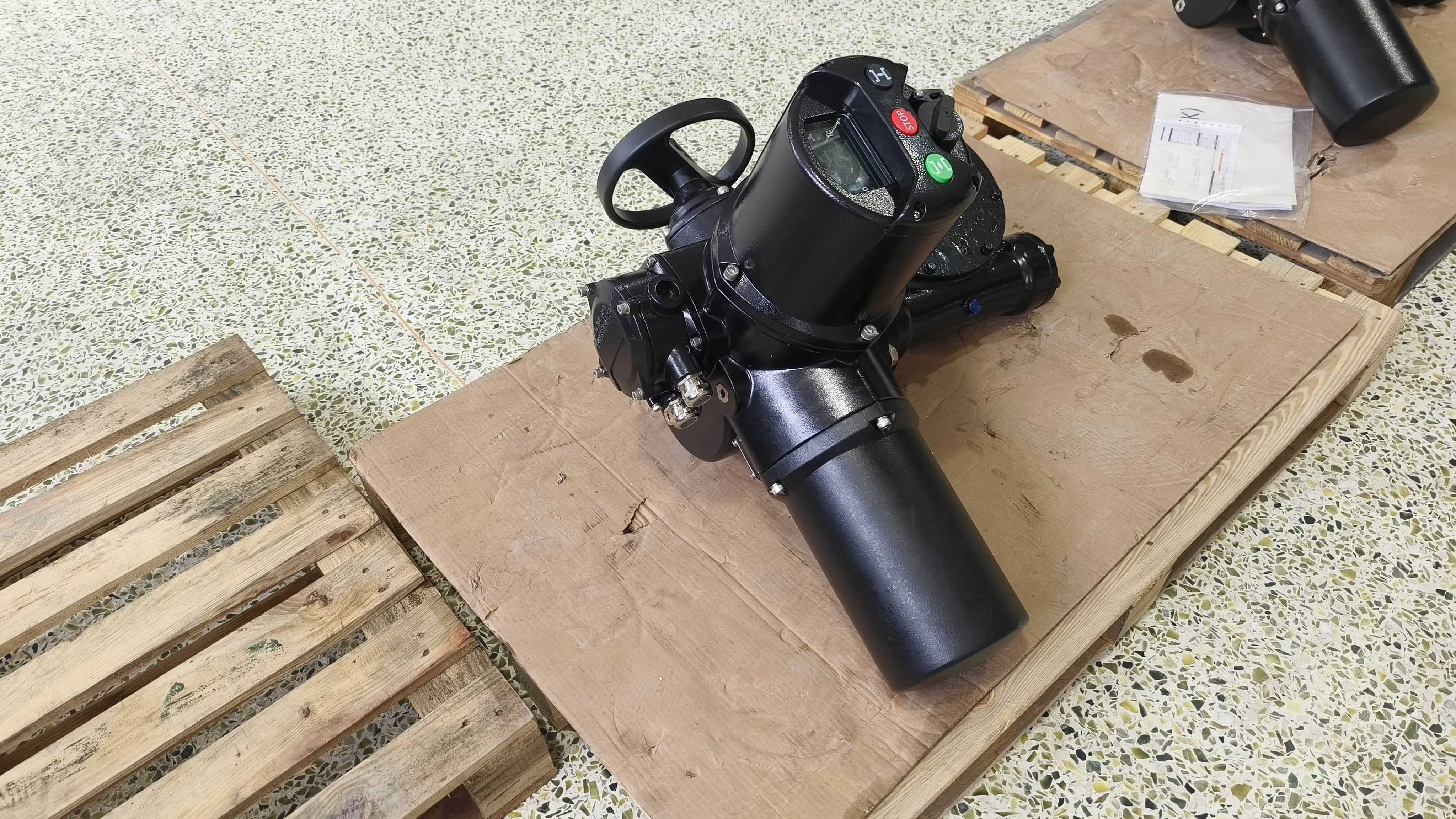
Traditionally, actuators have been the backbone of automation, converting energy into motion to perform mechanical tasks. However, as industrial systems evolve and become more complex, traditional actuators alone are no longer sufficient to meet modern demands. Intelligent integrated actuators represent the next step in actuator evolution, combining sensors, controllers, and actuators into a single compact unit. This integration allows for real-time monitoring, precise control, and the ability to adapt to changing conditions.
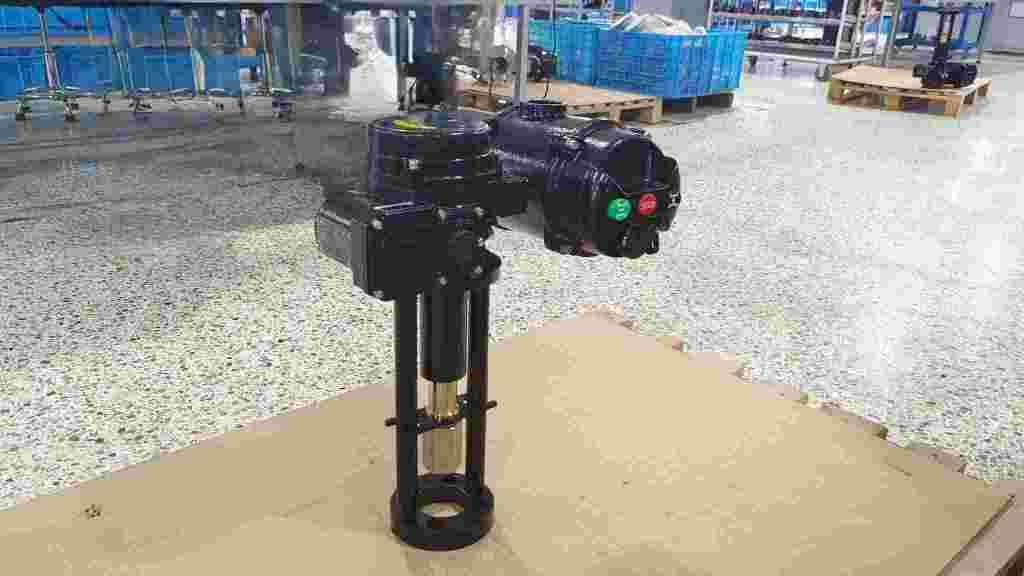
The key advantage of these intelligent actuators is their ability to make decisions and adjust their behavior based on sensor feedback. Unlike traditional actuators that require external controllers and sensors, intelligent actuators can independently optimize their performance without relying on additional components. This reduces the complexity of the system, lowers costs, and enhances overall efficiency.
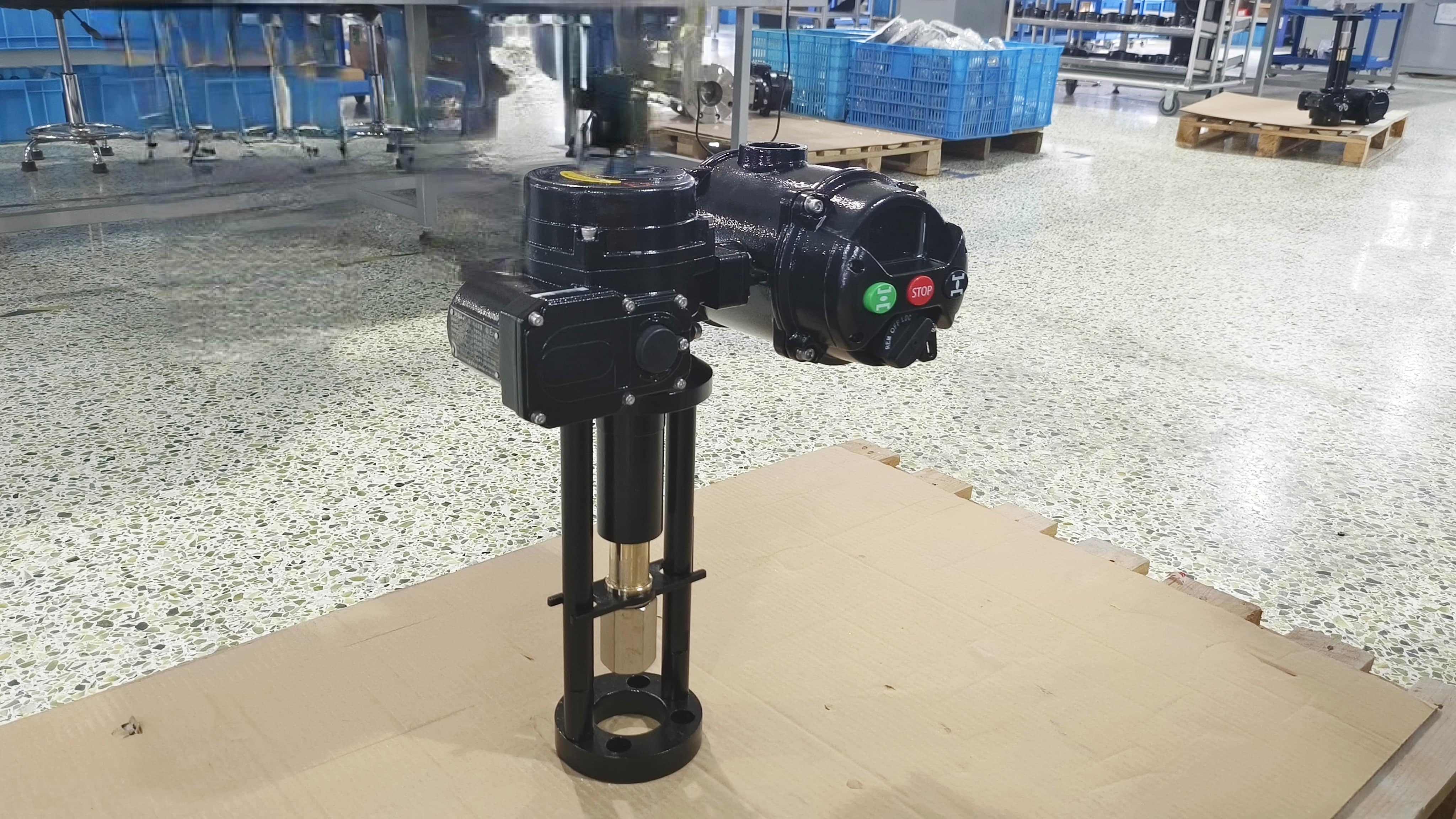
Applications of Intelligent Integrated Actuators

